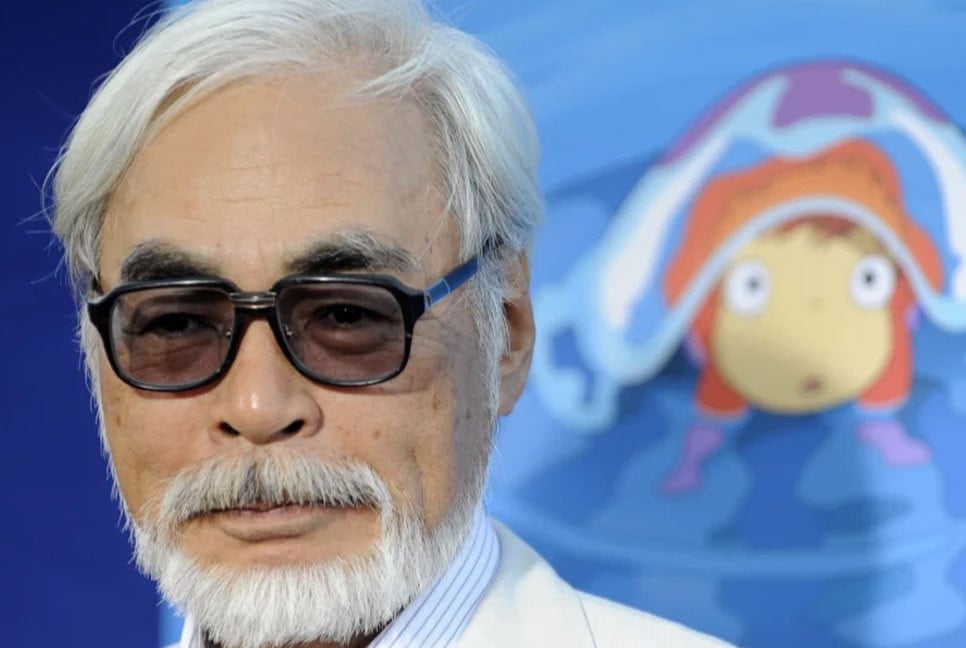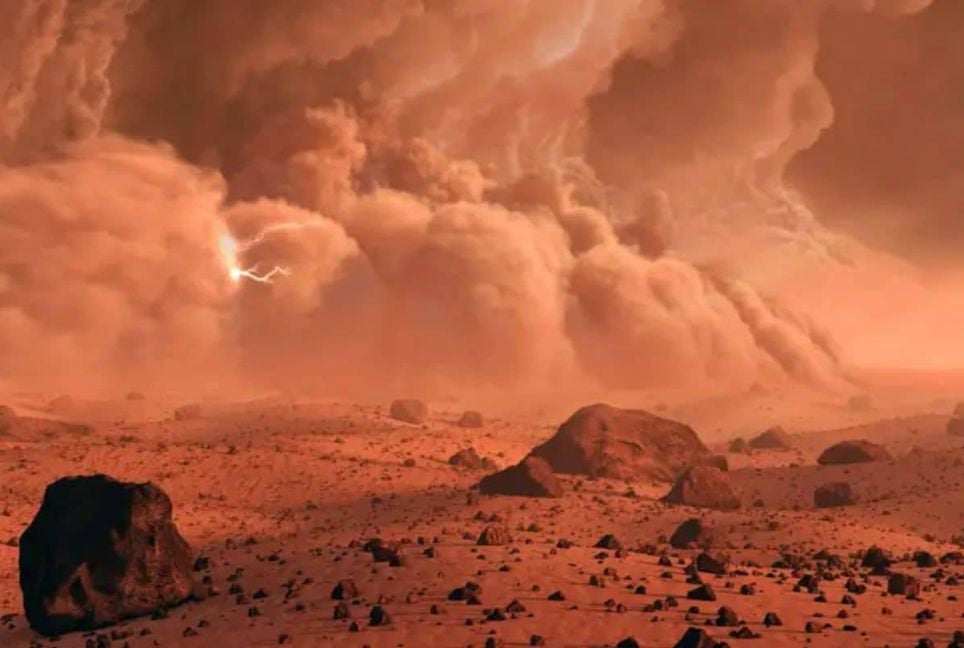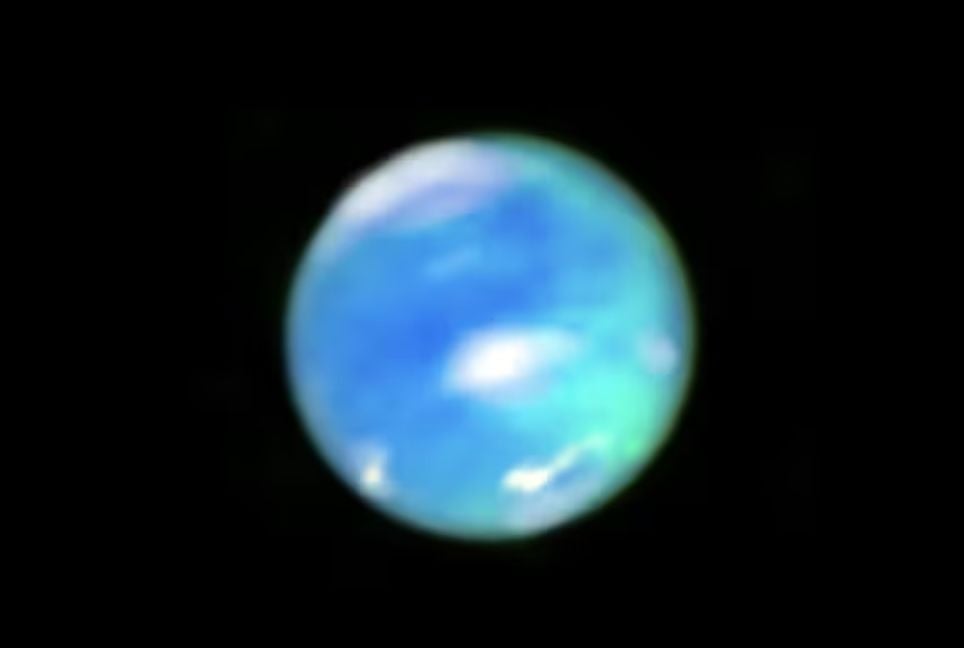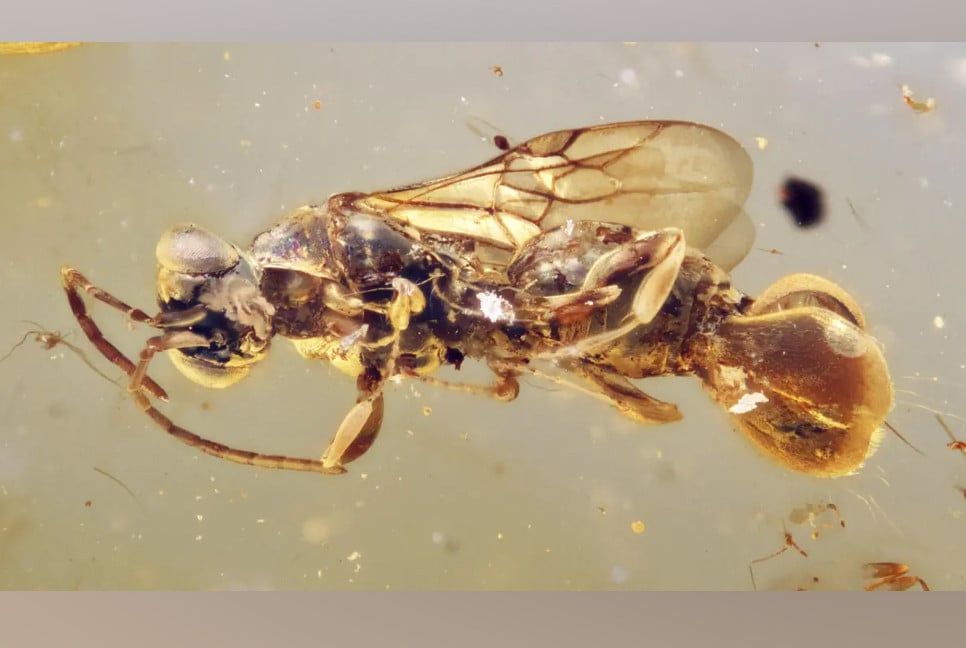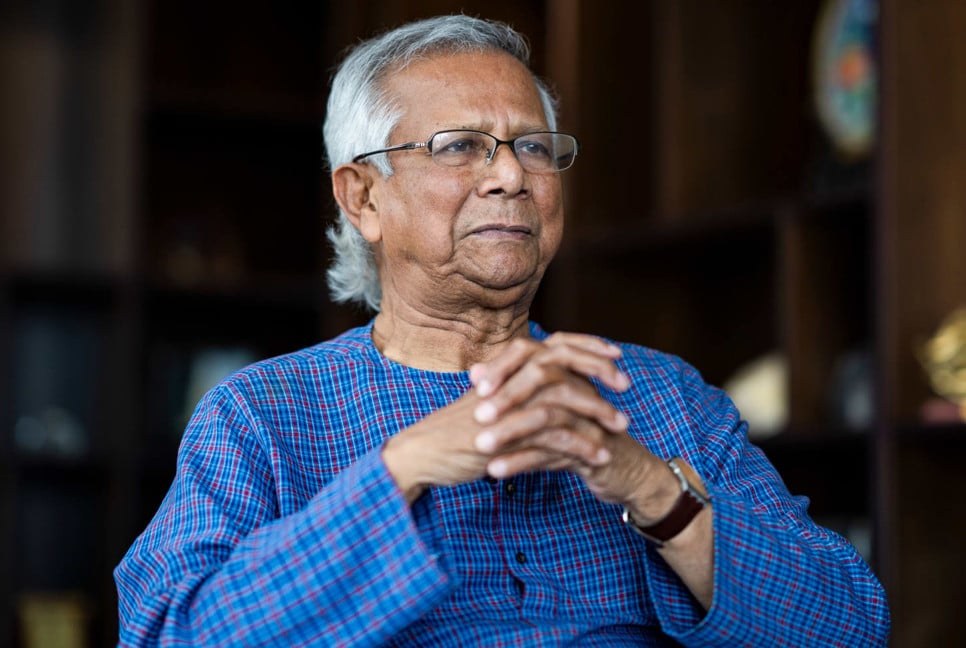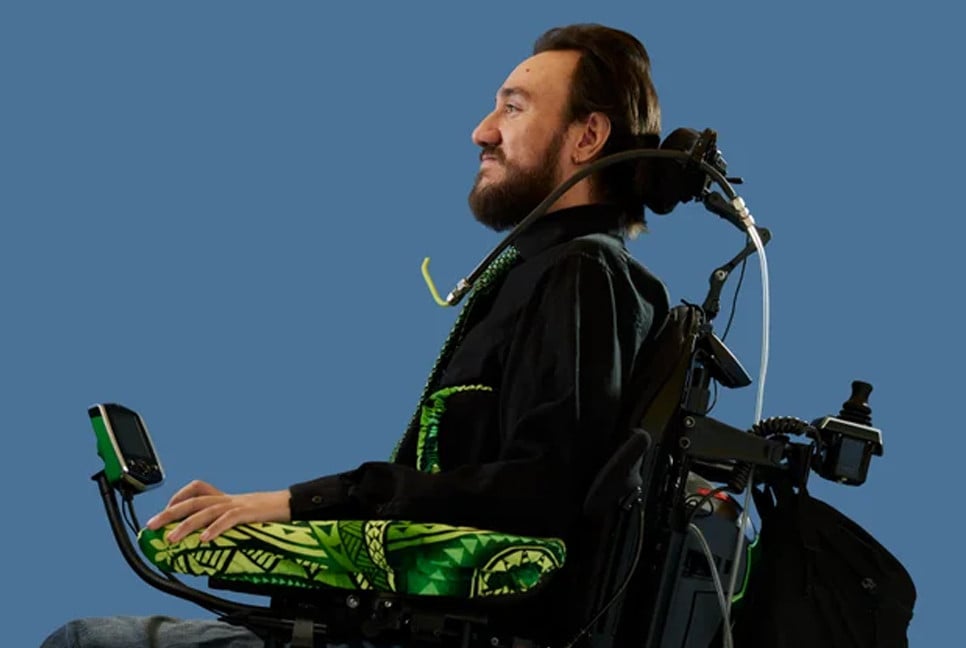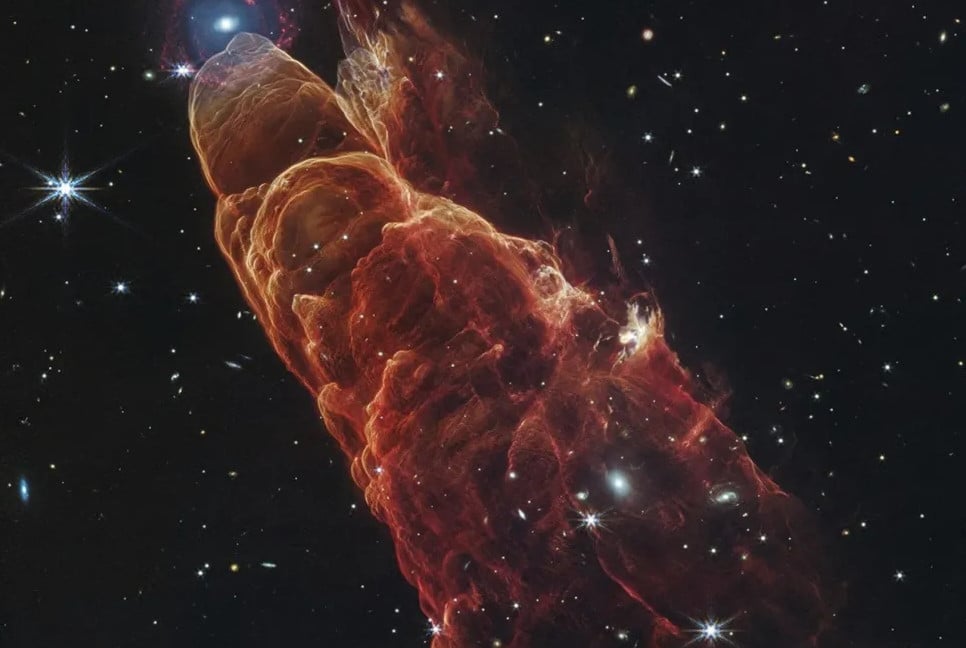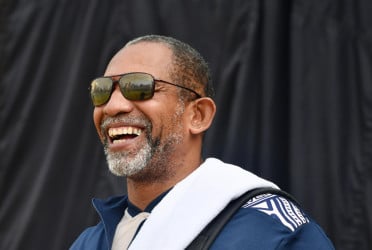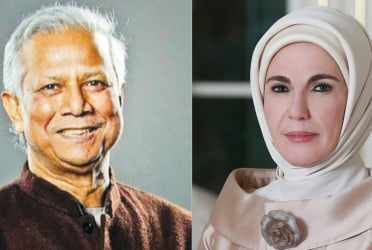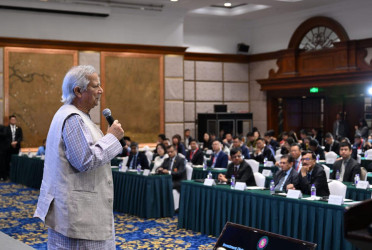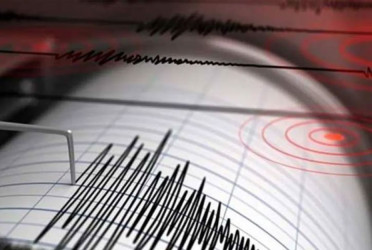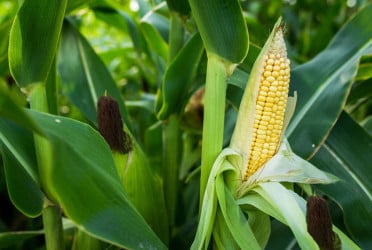A spacecraft that plowed into a small, harmless asteroid millions of miles away succeeded in shifting its orbit, NASA said on Tuesday in announcing the results of its save-the-world test, reports UNB.
The space agency attempted the test two weeks ago to see if in the future a killer rock could be nudged out of Earth’s way.
“This mission shows that NASA is trying to be ready for whatever the universe throws at us,” NASA Administrator Bill Nelson said during a briefing at the space agency’s headquarters in Washington.
The Dart spacecraft carved a crater into the asteroid Dimorphos on Sept. 26, hurling debris out into space and creating a cometlike trail of dust and rubble stretching several thousand miles (kilometers). It took consecutive nights of telescope observations from Chile and South Africa to determine how much the impact altered the path of the 525-foot (160-meter) asteroid around its companion, a much bigger space rock.
Before the impact, the moonlet took 11 hours and 55 minutes to circle its parent asteroid. Scientists had anticipated shaving off 10 minutes, but Nelson said the impact shortened the asteroid’s orbit by 32 minutes.
“Let’s all just kind of take a moment to soak this in ... for the first time ever, humanity has changed the orbit” of a celestial body, noted Lori Glaze, NASA’s director of planetary science.
Apollo astronaut Rusty Schweickart, a co-founder of the nonprofit B612 Foundation, dedicated to protecting Earth from asteroid strikes, said he’s “clearly delighted, no question about that” by the results and the attention the mission has brought to asteroid deflection.
The team’s scientists said the amount of debris apparently played a role in the outcome. The impact may also have left Dimorphos wobbling a bit, said NASA program scientist Tom Statler. That may affect the orbit, but it will never go back to its original location, he noted.
The two bodies originally were already less than a mile (1.2 kilometers) apart. Now they’re tens of yards (meters) closer.
Neither asteroid posed a threat to Earth — and still don’t as they continue their journey around the sun. That’s why scientists picked the pair for this all-important dress rehearsal.
Bd-pratidin English/Tanvir Raihan



